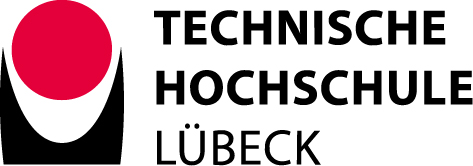The goal is to achieve 100% and this can be reached as they already now produce enough wind energy to cover the average annual needs of the inhabitants. Coordinating the storage and own use of the energy will make Ærø autarkic.
Different projects on the island pave the way to an energy autarkic community:
- E-transportation and charging
- E-Ferries
- Energy storage solutions
Central heating has already achieved a sustainable level most other municipalities can only dream of. Three central heating plants are driven on a combination of solar heat and storage together with additional biomass that supply the heating when there is extra need.
On the island there are 6 modern windmills that on average produce 125-140% of the local consumed electric energy over one year. Additionally private and public photo voltaic deliver energy.
The electric ferry concept
A major challenge on the way to a CO2 neutral island is the transportation sector including fossil fueled ferries. With support from the European Commission’s Horizon 2020 framework programme, the Municipality of Ærø and eight other project partners are currently designing, building and soon demonstrating operation of a fully electric, CO2 neutral, energy efficient ferry concept. With its 4.3 MWh lithium-ion battery pack, the ferry will be among the world’s largest pure battery ferries with a record breaking peak charging power of up to 4.4 MW. It will be able to house up to 196 passengers in summer and 31 cars (http://www.el-færgeprojekt.dk/ and www.e-ferryproject.eu).
A few electric cars are on the island and the plan is to exchange two busses to electrical driven ones within the near future, as well as to further develop the public charging infrastructure to make it more feasible to have an electric car on the island.
carpeDIEM will simulate energy flux
This is offering a good deal of possibilities for carpeDIEM to assist in optimizing the charging and planning for additional storage of the electrical energy produced. At the moment data of energy consumption and generation on the island are evaluated. It will be simulated how the charging of the ferry can be done in an optimum way as not to cause a lack of energy in districts and at the same time to ensure the operation of the ferry. Given this, further electrical cars and extra battery storage for the wind electricity, can be taken into the model. Our newly designed intelligent charging stations can also be applied and be part of a whole system that allows the communication between the different prosumers on the island.
An exciting new possibility to apply the DIEM concept.
Contact:
Robert Brehm (brehm(at)mci.sdu.dk ) at the carpeDIEM project
Cecilie Larsen (cla(at)aeroekommune.dk ) at Ærø Municipality




